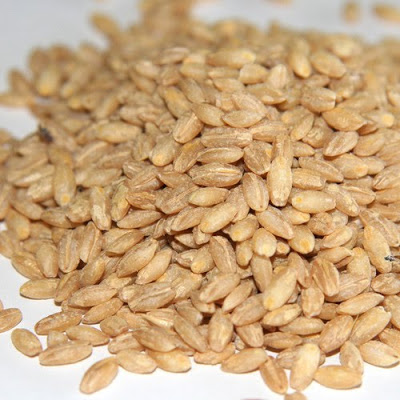Amongst the plethora of weight loss strategies that abound out there, the Low Glycemic Index Diet is touted as yet another way to ‘guarantee’ substantial weight loss. Let’s debulk the mystery – is this fact or fiction?
The Glycemic Index of a particular food refers to the rapiditiy with which the sugars (carbohydrates) in that food are absorbed into our bloodstream. Technically speaking, it is defined by the incremental rise in blood sugar after ingestion of 50 grams of a particular carbohydrate, compared to 50 g of a reference food, which is usually white bread. White bread has arbitrarily been set to have a glycemic index (GI) of 100. A low GI food has a GI of less than 55, while a high GI food has a GI of more than 70.
There has been much controversy as to whether a low GI diet actually results in weight loss. Overall, studies show that a low GI diet is NOT particularly effective, resulting in a 2 lb weight loss over the course of 6-12 months, with a 10-15 GI difference between diets. As low GI diets are usually also high fiber diets, it may actually be the higher fiber content of the low GI diet that is responsible for any weight loss that is seen, as fiber helps to keep us feeling fuller longer, therefore resulting in a lower caloric intake overall.
For diabetics, however, glycemic index is a very important consideration, as a lower GI diet helps to control the rise in blood sugar that is often seen after eating. Having said that, however, the glycemic index has its limitations, as it tells us nothing about the quantity of carbohydrate, only about the quality of carbohydrate.
Therefore, it is not only the glycemic index, but also the Glycemic Load that is important. The Glycemic Load is defined as the GI of a food, multiplied by the number of grams of carbohydrate in a serving of that food, thereby capturing both the quality AND quantity of carbohydrate intake. In other words, if you consume a low GI food (eg brown rice, GI=50) but a large quantity of it (resulting in a high Glycemic Load), the quantity of carbohydrates can contribute not only to a post meal glucose rise, but also to significant weight gain. Thus, it is important to exercise portion control in order to limit the Glycemic Load of a meal.
To improve diabetes control, and to assist in weight maintenance, a few important tips are as follows:
1. Switch up your high Glycemic Index foods for lower GI foods. Examples are to exchange white bread, pasta, or rice, for brown. Try incorporating some interesting carbohydrate alternatives such as pearl barley (pictured above, GI=25-33), lentils (GI 21-30), or buckwheat (GI=50-54).
2. Exercise portion control to limit your Glycemic Load!
3. Balance your meal: including protein, a small amount of fat, or a more acidic content to your meal decreases the Glycemic Index of your meal overall, and can decrease post meal blood sugars by as much as 20%!
Dr Sue Pedersen www.drsue.ca © 2010
Follow me on Twitter for additional tips and pearls! @drsuepedersen












